I’ve lost count of how many times I have heard people say, “I dream of being self-sufficient”.
We think back to the good old days of the pioneers when they lived the idyllic House on the Prairie lifestyle. And the first thing they need to consider is land, which is also the biggest expense.
How much land does one need to be self-sufficient?
The minimum amount of land needed in North America is between 2 and 17 acres per person depending on the degree of self-sufficiency you’re aiming for.
There are, of course, many different factors that affect how much land is required.
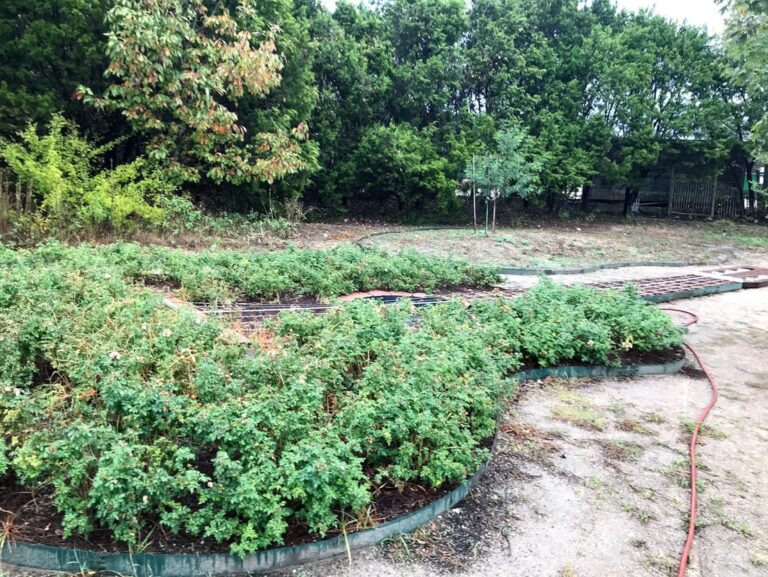
What Do We Mean by Self-Sufficiency?
First of all, we should establish what it means to be self-sufficient. Self-sufficiency is a lifestyle in which, in theory, nothing is eaten or used other than what can be produced by yourself.
Time for a reality check…
For anyone thinking they can be self-sufficient and never buy anything again, it’s time to get real.
Not even the pioneers on the prairie were self-sufficient, they all needed to buy supplies.
What the majority of people are attracted to is living away from other people, growing their own produce, and a lifestyle using a minimum of shop-bought products.
Not many actually want to be 100% self-sufficient…
It is quite realistic to aim to be food self-sufficient, that is to say, producing most if not all of your food in-house.
Unfortunately, it isn’t purely a question of buying any old off-grid country house or plot of land to grow a few vegetables.
Becoming self-sufficient is a far more complicated achievement. An enormous amount of planning and research should be undertaken before making the leap.
There are many stories of families who have sold all of their possessions to buy a remote plot of land. Some of them have subsequently found out that they don’t have the resources to survive.
One of the most important factors to consider at the planning stage is how much land is required. It sounds logical to buy a small plot and gradually add to it, however, that in reality is not the best option.
It is far better to calculate how much land is required and then add another 10% to the figure.
Factors That Influence How Much Land You Need
Number of People to Be Supported
The number of people within the family unit is the prime factor that dictates the quantity of land that is required. This should not be a surprise since a loaf of bread may last one person a week, however, four people may consume this loaf in one day.
I have friends who are mostly self-sufficient on a small two-acre farm. They keep one milk cow, raise a beef cow for meat each year, a few chickens, pigs, and a large garden.
They sell some produce and barter for some other items. They purchase a few items such as coffee and sugar. They work hard to keep things going and have and require few luxuries.
The most important thing for them is that they are able to live on what their land can produce.
Available Workforce in the Family Unit
It’s easy to buy a large quantity of land to feed a family, but do you have the workforce in the family unit to undertake the work required?
There is an enormous quantity of work involved in working the land and raising animals. It requires full-time time 24/7 commitment from everyone involved.
It’s important to establish how many able-bodied productive sets of hands are in the family unit.
Small children will be undertaking many of the menial tasks, provided they share the same dream and vision with the rest of the family.
Elderly members of the family will be able to provide vital experience; however, they may struggle with some heavier, more demanding work.
A reality check is important since it is pointless having masses of land without the resources to make it work.
Crop Production
An area of land for growing vegetables and other crops is essential. 7,000 sq. feet for vegetables 12,000 sq. feet for wheat and 2,640 sq. feet for corn is a good starting point for a family of four.
Remember that vegetables have different growing cycles and seasons. It will be necessary to grow enough produce in a season to last for the rest of the year. Produce can be stored using various techniques such as canning, drying, and freezing.
Growing Fruit
1,000 square feet would be a good size to establish an orchard of mixed trees, and 200 square feet would provide space for soft fruits. As with vegetables, fruit harvests are subject to seasons, although a selection of different varieties can help to extend the harvest.
Hard fruits can be stored in a root cellar, and soft fruit can be dried, canned or turned into jam.
Calculating the amount of land required for that crop to last the year is not complicated.
For example, if 12 jars of strawberry jelly are required for the year, it is easy to figure out how many strawberries, the plants required to grow them, and subsequently, how much land is required.
Wood for Fuel and Construction
Most off-grid properties will require around 10 cords of firewood each year. A minimum of 5 acres should supply enough. If you live in a warmer climate, aim for 5 to 10 cords of wood, but if you live in Alaska, you’ll definitely need more than 10-15 cords.
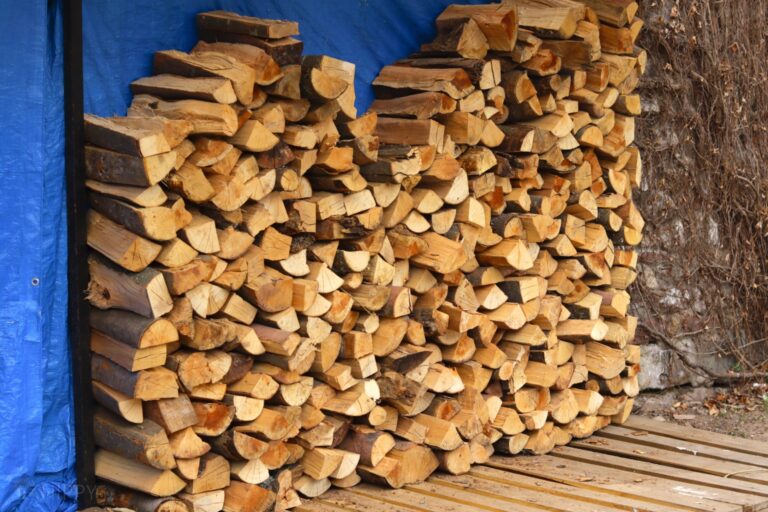
Wood is an important asset for both heating the house and cooking. Without an area of forested land, wood will need to be bought.
A forested area might appear to be a luxury, however careful management of woodland can provide the household with much more than firewood… Wood can be used to build a house, chicken coops, sheds, and many more.
Animal Rearing and Husbandry
Livestock is very important, as it provides a large number of food products apart from the meat of the animals themselves:
- Eggs
- Milk
- Cheese
- Soaps and detergents
- Wool
Chickens are happy in a coop with an area to forage while other animals require significantly more space.
Cows, goats, and sheep in particular should be kept in separate secure areas since left to roam they will eat everything that you are growing. Don’t forget that pasture for animals should also be included in the calculations.
Climate
There is no doubt that the climate, of where you live will affect what can be grown and how well it will grow.
Weather extremes can make self-sufficiency a very hard goal to achieve. These areas will only provide a restricted growing season and are very hard to work in.
When fewer crops can be grown in an area more square meters are required to achieve a sufficient quantity.
More square meters require more work to maintain them, though.
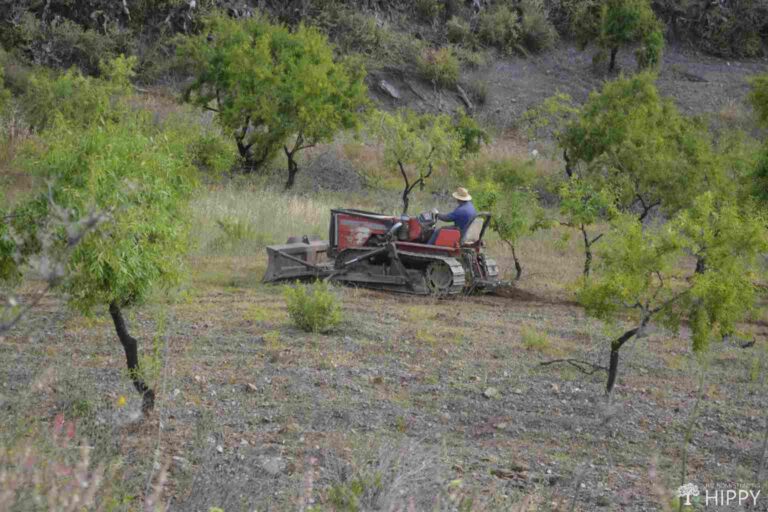
Quality and Type of the Soil
The quality and type of soil are important factors in figuring out how much land you need to meet your food requirements.
Not all soil is equal; different types such as sandy, clay, and rocky contain nutrients and organisms at different levels.
Good soil will allow good quantities of quality crops, while bad soil limits the amount that can be achieved. This may sound complicated, so let’s just say there is good soil and bad soil.
Soil can and should be improved to raise the levels of nutrients, however, it is a bad plan to assume that less land with bad soil can be allocated with the aim of improvement. The process takes time and hard work.
Amount of Rainfall
Although rain is the life-giver for all crops, the correct quantity is vital to maximizing production. The difference in land required could be as much as 50% between different rainfall areas.
Extreme levels of rain will create a large effect when calculating the amount of land required.
Too much rain will damage root crops, and possibly destroy them. Whilst too little rain can be easier to deal with providing there is sufficient water for irrigation, this can be a hard time-consuming chore.
How Much Sunlight a Property Gets
Together with water, sunlight is essential when growing anything, and is a very important factor in quantifying the amount of land required.
Let’s not, however, confuse this with the climate or geographical location of a property. There are many instances of land in areas with a good climate that are not subject to good sunlight exposure.
Mountainous or hilly areas have slopes that face many directions. When we buy a house, we always want to know which direction it faces since this will dictate the amount of sun that the property is exposed to.
My property is located in a valley on a south-facing slope, so I have exposure to the sun all day. The other side of the valley is north-facing and has restricted sun.
Simply looking at the two together makes it possible to see that plant growth is different on each side of the valley. Less land is required on the south slope compared to the north slope due to the differing productivity levels.
What You’re Growing and Raising
Not surprisingly, the more types of products that we want to grow will dictate the amount of land required.
Potatoes, carrots, and onions are all good examples as these are the basis of many meals. These will need to be grown in relatively large quantities and will require a relatively large quantity of land.
Other items such as herbs are different in that large amounts can be collected from a relatively small number of plants that require little space.
If we are rearing animals, we will have to grow food for them to supplement natural growing vegetation. The extra quantities of crops should be considered when the required crop and area of land is calculated.
Vegetable gardens don’t have to take up a lot of space. If you’re growing some foods, like tomatoes, beets, cucumbers, or lettuce, you can do so on a small scale and have a reliable food source in containers on your deck.
Some of the most self-sufficient homesteads get by on less than half an acre!
Also, keep in mind how much space your individual types of livestock will take to raise. While some animals, like cattle, take many acres of land to raise, others, like rabbits, ducks, and bees, require minimal space.
Off-grid living is easily possible with these sorts of small-scale agricultural endeavors.
Your Diet and Lifestyle
The diet and lifestyle of the family unit are possibly as important in calculating land requirements as the number of people within the family.
How does a person’s diet relate to how much land is required? For a family following a vegetarian or vegan diet, they obviously won’t be raising animals for food.
A friend of mine is a vegan Buddhist and can grow everything that he needs on a plot of land that is only 4,000 square feet…
Traditional, High-Tech, or a Mixture of Both?
Agriculture has undergone dramatic changes over the past 100 years. Many of today’s high-tech practices can help produce larger quantities of produce on smaller plots.
Many off-grid homesteaders are starting to embrace these techniques as they can make life a bit easier. No one system will be adequate for everyone’s needs, far better to combine the best from each technique to create an effective growing system.
Hydroponics and Aquaponics
It is estimated that 90% of our dietary needs can be accommodated in 50 square feet if hydroponic or aquaponic techniques are utilized.
Hydroponics is one such technique that eradicates many of the problems of growing produce in a soil-based medium by growing in water.
Aquaponics is a system similar to hydroponics, except that the nutrients for the plants are provided by introducing fish into the water where the plants are growing.
Both of these can supplement your food supply while requiring small amounts of space to work…
Permaculture
Permaculture is now a popular agricultural model. Estimates show that ¼ acre per person is enough space to get started, especially when permaculture is combined with growing fruit trees, raising poultry, and possibly aquaponics.
Permaculture is a set of gardening techniques, but it embraces more than this; it is a lifestyle philosophy.
In simple terms, it is a holistic approach that uses natural ecosystem principles that cover growing food, and building houses, while minimizing the effect on the environment.
Raised Beds and Edible Landscaping
More crops per square foot mean less land required in total.
Raised bed gardens create the possibility to manage the nutrients within each bed. The separate areas that are contained within each bed can allow the growing environment to be adjusted to perfectly suit individual types of plants.
Many edible plants can be grown alongside the flowers in a flower bed without spoiling the aesthetic effect.
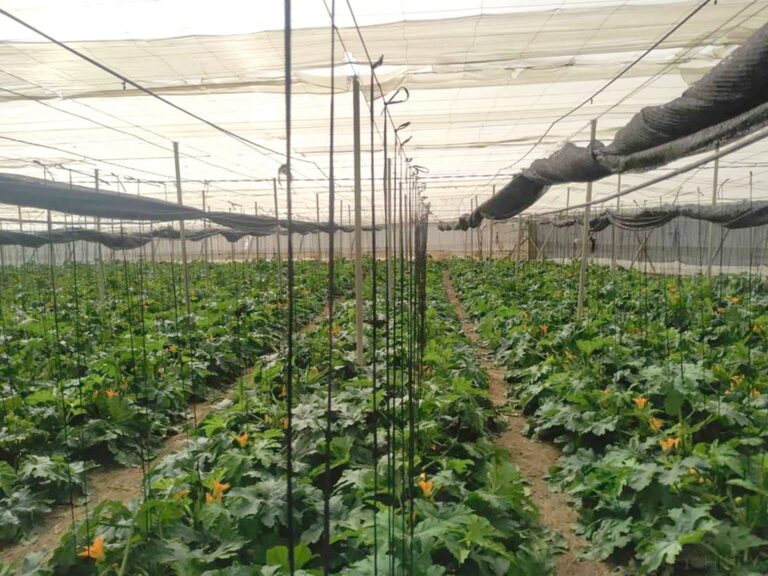
Extending the Growing Season
We can reduce the amount of land required to grow sufficient crops in a season by extending the growing season. This can be achieved on a 15×26 ft plot.
A greenhouse or a plastic polytunnel can manage a small ecosystem within the enclosed space.
Heating, water, and pests can all be controlled to allow crops to be grown throughout the year in some geographical locations. Commercial growers have been using these techniques for some time.
Other Essential Land Use
We have so far concentrated on land use for growing crops and raising animals. There are, however, many other land use requirements that should be considered when establishing how much land is required to become self-sufficient.
Root Cellars
Growing enough crops for the year from limited growing seasons means you need to be able to store as many of the products as possible. Allocate an 8 ft square space for a root cellar.
If shelving is used, the cellar it doesn’t need to be too large. I would suggest that 8 square ft (0.7 square meters) should be the minimum size to be able to hold all of your reserves.
This might seem large, but remember a few sacks of potatoes will take up quite some space on their own. It’s also important to have good airflow and remember space is needed to move around to remove produce without causing too much disturbance.
Barns and Workshops
A barn and a workshop are essential for those following a self-sufficient lifestyle. This only takes up a space of approximately 30 ft x 40 ft.
Many homesteaders manufacture, repair, and upcycle most of their needs themselves. This takes a good space and it should be separate from the living environment.
Working with wood especially should be done in a well-vented environment since the sawdust can cause respiratory problems and sometimes cancer.
When rearing animals’ barns are essential since there are many times when some animals require isolation or separation. In some geographical areas that experience bad winters, some animals are better off being wintered in a barn.
Solar Panels
For those who are considering making the switch to off-grid living, one of the most important questions is how much space will be required for solar panels.
The answer, of course, depends on a number of factors, including the size of the home, the climate, and the amount of electricity that will be used.
In general, however, it is possible to estimate the amount of space that will be needed for solar panels by considering the average daily electricity usage and the number of sunlight hours in the area.
For example, in an area with six hours of sunlight per day, a family of four that uses 30 kilowatt-hours of electricity per day would need a solar panel system with a capacity of at least 2.4 kilowatts.
Of course, this is just a rough estimate, and it is always best to consult with a solar panel expert before making any final decisions.
FAQ
In theory, it is possible to be self-sufficient on one acre of land. However, it would require a great deal of planning and hard work. One would need to carefully select which crops to grow, as well as raise animals for food and fiber.
In addition, they would need to find ways to generate their own power and produce their own building materials.
You can actually provide enough fresh fruits and vegetables for a family of four on as little as one-quarter acre of land. With proper planning and management, you can yield up to 200 pounds of produce per month from this small space.
Of course, the type and amount of food you’ll be able to grow will depend on the climate you live in and the amount of sunlight your garden receives.
The size of the garden you need to be self-sufficient depends on a number of factors, including the climate you live in, the amount of sun your property receives, and the crops you want to grow. In general, however, most experts agree that a minimum of two acres is necessary to provide enough food for a family of four.
Of course, this is just a minimum; if you want to grow a wider variety of crops or have a larger family, you will need a bigger garden.
Wrap-Up
How much land are we talking about to make self-sufficiency possible? As a rule of thumb, it is generally accepted that a family of four will need between 2 and 17 acres as a minimum.
However, there is no specific answer or formula that can determine how much land one will need since everyone’s idea of this lifestyle is slightly different, and as discussed above many factors affect how productive land is…
Remember: not everything will go according to plan. A little extra land will allow for future expansion and help if the land calculations are not quite correct.
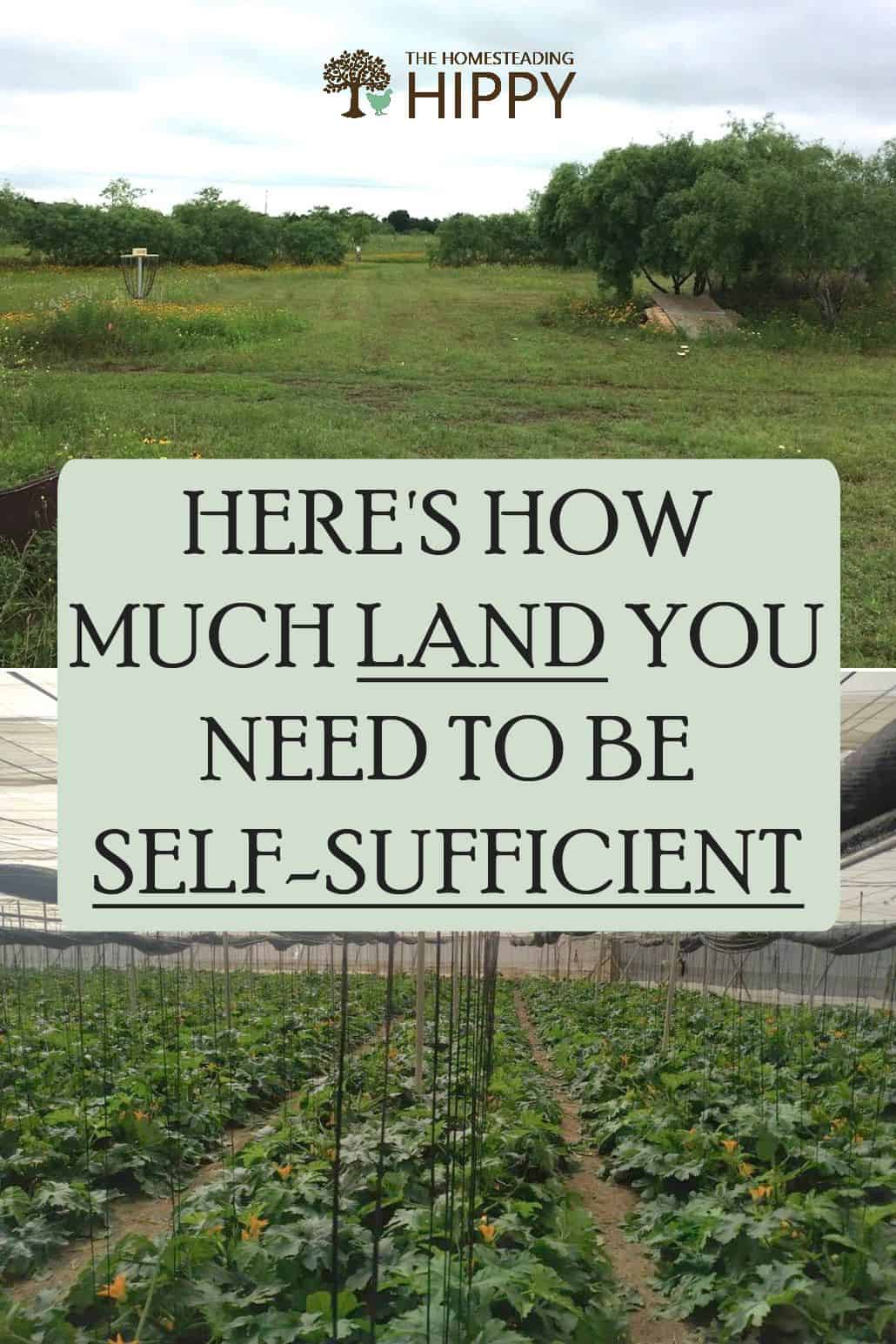

Three years ago, I bought an off-grid Cortijo in a small valley in the Andalucian mountains. Although, perhaps the lifestyle is in my genes as my grandfather and his four brothers were Homesteaders in Alberta Canada in the 1900s.
The mountains of Spain are a difficult place to grow many of the flowers that I was used to in the UK. However, veggies grow well year-round. Peppers, tomatoes, potatoes, lettuce, cucumber, melons, and chard all fare well in the Mediterranean climate. Almond trees provide me with a cash crop of around 1 ton while still retaining some to make almond milk and flour.
Meet the rest of the Homesteading Hippy team here.

I agree with a lot of your assessments but am curious were you got the 20 cords of wood estimate. I live in the Sierra Nevada mountains and heat with wood. I go through about 3-4 cords of hardwood a year. I cook with propane so i do understand I would need more wood if I was using it to cook but 16 more cords?
Hi Poorman many thanks for the comment.
Yes, a bit of a difficult one, the figure I quote is a general figure .
An average homestead depending on where it is and how large could use between 5 and 10 just to heat the home . If wood is being used for cooking and smoking food etc. it could easily. use another 5.+.
Also it is no good just having the amount needed for one season, it is best to have the amount needed plus extra just in case winter is longer and colder with a certain amount to carry forward for next year.
I am aware of people using far less but also some using more.
I spoke to someone who stocked 5 and ended up buying loads in.
You live in the Sierra Nevada area, this is a warm climate area , certainly not Alaska.
I have friends who live just outside Los Angeles and they regularly use 8 / 9 each year.
Just goes to show everyone’s situation is different
Regards Gordon
partial underground greenhouses are effective